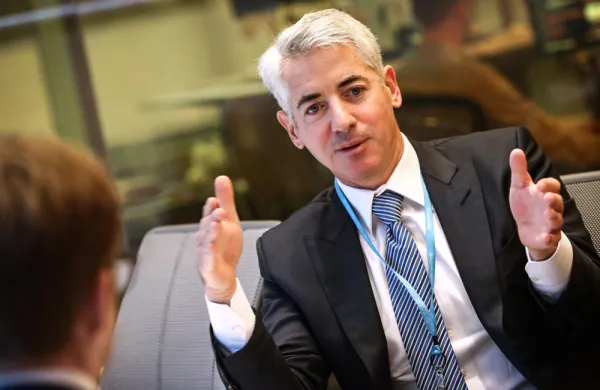The advantage of basing a new exchange-traded fund on an index strategy that’s been around nearly a decade? The rationale has been tested in a variety of market conditions, providing more than enough performance data for or against the investment. On April 25, Van Eck Associates became the first company to license Morningstar’s Wide Moat Focus Index (MWMFTR:IND) for an ETF, its Market Vectors Morningstar Wide Moat Research ETF (MOAT).
The theory that some companies can be expected to do better over the long term due to their competitive advantages, visualized as "wide moats" around their business, reflects a Warren Buffett investment tactic. In fact, Buffet coined the term in 1999.
Enter Morningstar. Drawing from its brain trust of 120 equity and credit analysts and strategists who cover 1,800 companies worldwide, Morningstar by 2002 categorized its index components according to whether their moats were wide, narrow, or nonexistent. The so-called economic moat committee arrives at its designations by considering whether a company has significant switching costs — for customers to leave it for another — including cost advantages, intangible assets like brand loyalty, network effects or efficiencies of scale that would costs its competitors plenty to duplicate. The stronger holders of these have the widest moats; the weakest, the narrowest.
Unlike other fund strategies that heavily weight short-term factors like analysts’ earnings estimates and companies’ sales and profits, Morningstar analysts “are more concerned about where the company might be in five or ten years from now,” Paul Larson, Morningstar’s chief equities strategist, told reporters during the company’s recent launch call. Because the analysts are using the same framework for a large number of institutional clients, says Larson, Morningstar can offer “consistency across a universe of competitive advantages.”
The Morningstar Wide Moat Index (MWMFTR) has a year-to-date total return of 16.1 percent, as of March 31. The Van Eck MOAT will seek to replicate that performance, over and above the fund’s 0.50 percent expense ratio.
Over the years several ETFs have adopted wide moat strategies. In 2009, Morningstar noted five as long-term investments: The Guggenheim Russell Top 50 (XLG), whose components have a 67.1 percent moat (considered wide) and a 10.5 percent year-to-date return, as of May 7; SPDR Global Dow ETF (GDOW), which has a narrow 50.56 percent moat and a YTD return of 8.5 percent, as of April 30; the SPDR Dow Jones Industrial Average (DIA), which has a wide moat of 71.4 percent and YTD of 8.9 percent, as of April 30; Vanguard Dividend Appreciation ETF (VIG), with a 58 percent wide moat and return of 7.63 percent YTD, as of March 30; and iShares NYSE 100 Index (NY) with a 55 percent wide moat and 6 percent YTD return, as of March 31.
However the short-term returns paint a rather optimistic picture. The Guggenheim XLG fund had a five-year annualized return of only 0.1 percent and iShares NY fund had a .01 five-year return. Even the index itself fared less favorably over the five-year period, gaining just 7.8 percent at month-end April 30, 2012. And the GDOW ETF hasn’t reclaimed its 2007 precrisis high NAVs in the $80s and is in the high $50s now. Morningstar advises, on its site, that investors consider selling at $60.
There’s also a liquidity issue, since there are only 20 stocks eligible for the MOAT ETF after Morningstar filters its universe of 115 companies classified as wide moat. With any fund holding a small number of companies, its costs of buying the shares can rise considerably if interest in the fund takes off, putting pressure on the market for them. But Larson, who is a seven-year veteran of the moat committee, says, “It’s sustainability that matters.”
Morningstar Analyst Sanjay Arya discounts concerns over liquidity, noting that the stocks are “high quality” and undervalued, and have mid to large market capitalizations and “high liquidity and trading volumes.” Arya also points out that the fund’s portfolio managers have discretion to time their purchases to avoid market impact and go “a little outside the index to maintain a diversified, balanced portfolio.”






